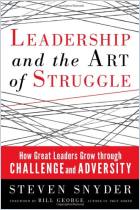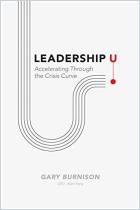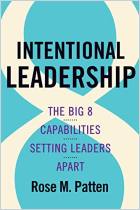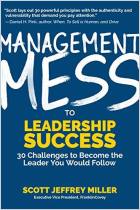Sara Canaday offers clear guidelines for the demands and challenges facing leaders today, taking into account how the nature of leadership has changed. She covers when it is better not to act; how emotion fights objectivity; how leaders benefit from hearing diverse perspectives; why you need a “Stop Doing” list; and why trusting facts without verifying them is dangerous. Being truthful is paramount, she teaches, and everything else leaders must do follows from that.
The rules of leadership are changing.
Leadership rules evolve to match the changing business environment. The contemporary business world is more fluid than in the past, and leaders must develop a subtle sense of how to act. They must understand when to follow the old rules of leadership, when to break them and when to do the opposite of what tradition teaches. This takes courage and discipline. But, if you understand the patterns that hold you back, you can break them and achieve unprecedented results.
Abandon the “bias for action.”
The human genetic code includes a bias for action. Society values action, and leaders model it. In the traditional view of leadership, the leader is the person who takes action. The contemporary business environment reinforces this tendency toward action, as does the accelerated, around-the-clock news cycle. Technology promises that you can be continually accessible – a variation on taking action – while becoming more efficient, and you can lead others to do the same. Many leaders regard action as synonymous with success.
This view of leadership always had serious flaws and is becoming...



















Comment on this summary or Diskussion beginnen